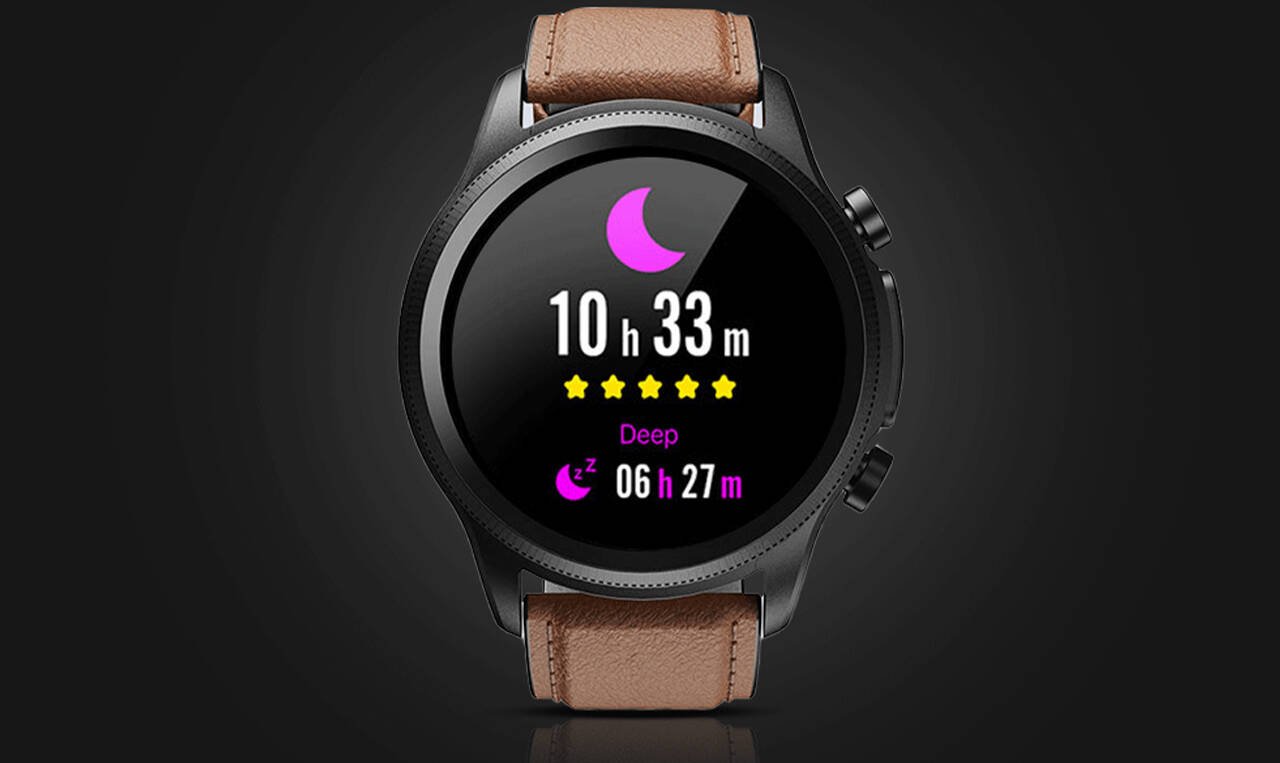As the landscape of wearable technology continues to evolve, the anticipation for non-invasive blood glucose monitoring capabilities in smartwatches and smart rings grows. Despite significant advancements in wearable tech, 2024 has yet to witness the arrival of this groundbreaking feature.
Key Highlights:
- Afon’s RF technology-based glucose sensor is in the testing phase, with hopes to launch in 2024.
- Samsung is exploring the integration of continuous blood glucose and blood pressure monitoring into its devices.
- Regulatory hurdles and the need for accuracy and reliability slow down the introduction of non-invasive glucose monitoring in wearables.
Here’s an overview of the current state of play:
- Afon’s Ambitious Plans: UK-based Afon has been developing a non-invasive glucose sensor using RF technology, aiming for a market launch in early 2024. However, the path to commercialization is steep, with regulatory approvals being a critical hurdle.
- Samsung’s Vision: Samsung has been actively working on integrating non-invasive blood glucose and continuous blood pressure monitoring into its smartwatches, although no specific timeline has been provided for when these features might become available.
- Wearable Tech Trends: The wearable tech industry is keenly focused on health and wellness, with companies like Apple, Oura, and Movano exploring new sensors and capabilities. However, non-invasive blood glucose monitoring remains a challenging frontier, with only tentative steps towards realization.
Despite the excitement and potential health benefits, the journey towards implementing non-invasive blood glucose monitoring in wearables like smartwatches and smart rings has been fraught with challenges. From technological limitations to regulatory approvals, companies face a daunting task in making this feature a reality. The potential impact on diabetes management and general wellness tracking is immense, promising a future where managing chronic conditions could become more seamless and less invasive.
As of now, while companies such as Afon and Samsung make strides towards this goal, the wearable tech industry continues to grapple with the complexities of accurately and reliably measuring blood glucose levels without the need for blood samples. The race is on, but the finish line remains just out of reach in 2024.
Market Dynamics and User Expectations
- Consumer Demand for Health Features: There’s a growing demand among consumers for wearable devices that offer comprehensive health monitoring capabilities. This includes not just fitness tracking but also the monitoring of vital health metrics like blood glucose levels, which are crucial for managing conditions such as diabetes.
- Competitive Landscape: Companies like Samsung and Apple are at the forefront of integrating health monitoring technologies into their devices. This competition not only drives innovation but also raises consumer expectations for what wearable technology can achieve.
- Future Prospects and Innovations: As research into non-invasive monitoring technologies continues, we may see breakthroughs that could eventually make features like blood glucose monitoring commonplace in wearable devices. However, predicting when these features will become available to the general public is challenging due to the aforementioned hurdles.
The Future of Wearable Tech and Blood Glucose Monitoring
The anticipation surrounding non-invasive blood glucose monitoring underscores the immense potential wearable technology holds in transforming healthcare and personal wellness. As companies continue to innovate and push the boundaries of what’s possible, the arrival of such a feature would mark a significant milestone. However, the journey is complex and requires navigating technological, regulatory, and practical challenges. While the dream of non-invasive glucose monitoring remains alive, it serves as a reminder of the ongoing evolution of wearable tech and its role in shaping the future of health and wellness.



















